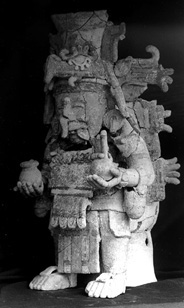Pottery incense burner from a shrine at Mayapan depicting the rain god Chac. The Maya
god carries a small bowl in one hand and a ball of flaming incense in the other. Ht
54.6 cm (21.5 in).
Click on image for full size
the Peabody Museum, Harvard University, Cambridge, MA.
Xib Chac
Xib Chac was the Mayan
rain god. He was a benevolent god, and was represented
by many colors. During ceremonies, the priest was assisted by four old men, called Chacs, in honor of his name.
An important part of the ceremony was performed by another person, named Chilam. This individual would reveal, while in
a state of trance, the messages sent by the gods to be interpreted
by the priests.
You might also be interested in:
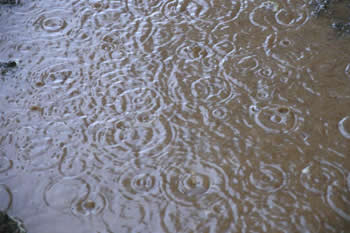
Rain is precipitation that falls to the Earth in drops of 5mm or more in diameter according to the US National Weather Service. Virga is rain that evaporates before reaching the ground. Raindrops form
...more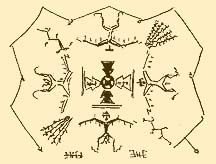
Ahsonnutli was the sky father and chief god for the Navajo. He created heaven, Earth, and the sky. Each of the four directions, or cardinal points, are supported by a giant. Each direction is symbolized
...more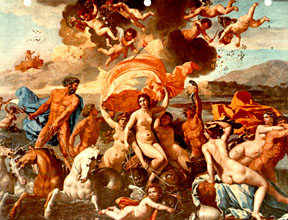
Amphitrite was one of the sea-nymphs called the Nereids. One day the sea god Poseidon saw her dancing and fell desperately in love with her. He promptly asked her to marry him but unfortunately she refused.
...more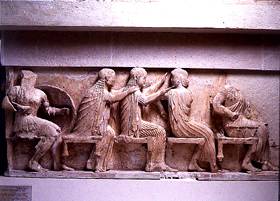
Aphrodite was the Greek goddess of love and beauty. She was known to the Romans as Venus. To the perfection of her figure and the purity of her features she added an innocent grace. On her sweet face she
...more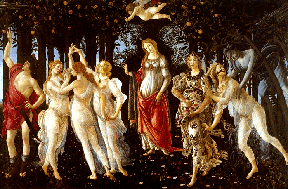
In Greek mythology, Apollo was the son of Jupiter(in Greek Zeus) and Leto (Letona). He was the god of the Sun, logic, and reason, and was also a fine musician and healer. Leto travelled all over Greece
...more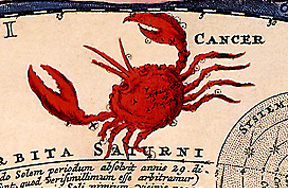
According to an ancient Greek legend, the figure of a gigantic crab was placed in the nighttime sky by the goddess Hera to form the constellation Cancer. Hera swore to kill Heracles, the most famous Greek
...more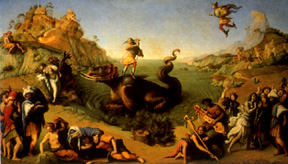
In the Northern Hemisphere sky is the constellation Cepheus, king of Ethiopia, and that of his wife Cassiopeia. Cassiopeia claimed that she and her daughter Andromeda were more beautiful than the sea nymphs,
...more


